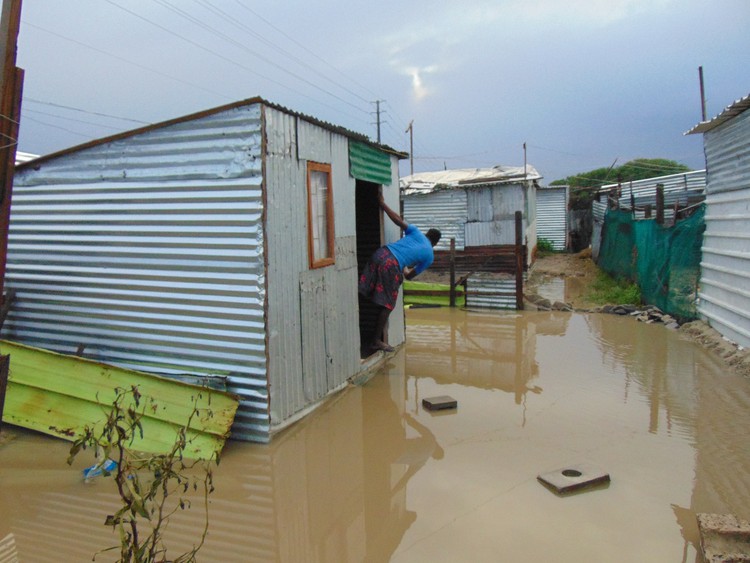
11 October 2022
South Africa will need to build new cities and densify existing cities to tackle the housing backlog, says the writer. Archive photo: Masixole Feni
With every passing year, South Africa is plunging deeper into the housing crisis.
The housing backlog is growing, and at least 2.5 million families have been estimated to be in need of housing now. Protests, land occupations and hijacking of construction sites are increasing in frequency and violence. Infrastructure for systems such as sewerage and road networks, has reached maximum capacity in many of our major cities. Homelessness is on the rise as more households fall deeper into poverty.
The United Nations estimates that the South African population will reach over 65 million people by 2030 and the CSIR forecasts that 75% of this growth will be in cities and large regional centres. Even without this growth, current levels of housing delivery cannot meet existing demand.
Five critical bottlenecks keep the nation trapped in this crisis:
So what is to be done about this seemingly intractable problem which is set to intensify over the next decade, as the young population matures and forms new households, and the urbanised population explodes? Clearly, our past strategies have been ineffective and new, more imaginative, solutions are needed. We need to tackle this problem with far more boldness, imagination, innovation, and collaboration.
South Africa still has vast tracts of unserviced land and could build new cities or urban centres. This should be done in ways that take on board lessons from other countries who have done so in modern times, for example Egypt, Malaysia and Brazil, so that we ensure they are safe, inclusive and economically viable.
Such audacious projects require the highest level of inter-governmental co-operation, significant technical competence, wide-ranging buy-in and hefty funds. Unsurprisingly, mega housing projects have been known to fail because of the complexity involved. Engagement of all sectors of society and tiers of government will be required to minimise the risk of failure.
Land and property in built areas that already have infrastructure and amenities must also be optimised to house larger numbers of households. This solution is as important as building new urban centres. We need to embrace and create far greater densities in all new developments and redevelopments in our existing cities. This must form part of a re-imagined way of urban living in South African cities, a way that must be co-created with citizens.
This is why it is worrying when municipalities, like the Makana Local Municipality in Makhanda, move toward handing over stands in informal settlements to poor households. Low-density housing developments are not a response to the contemporary housing challenges in South African cities. We need to recognise that the time for approaches, such as this, which lead to the perpetuation of low-density housing is long gone.
Moving from the status quo will be challenging. Citizens have been promised and still expect a piece of land with a house and a fence on it. Although the country’s Constitution only recognises housing as a progressive right and not as an absolute right, many citizens regard it as a right to be accessed immediately. This is because of a combination of miseducation, empty promises, and most importantly, because of their fundamental need for shelter and dignity.
A courageous conversation is needed between our political leaders and the citizenry in which we confront the current and growing crisis without sugar-coating the reality. We need leadership, in all sectors of society, who are willing to face up to the challenges and who are prepared to risk failure and unpopularity as they build a new social compact. Without this, we are just arranging the chairs on the deck of a sinking ship.
Houston is chief executive of Communicare. Views expressed are not necessarily those of GroundUp.